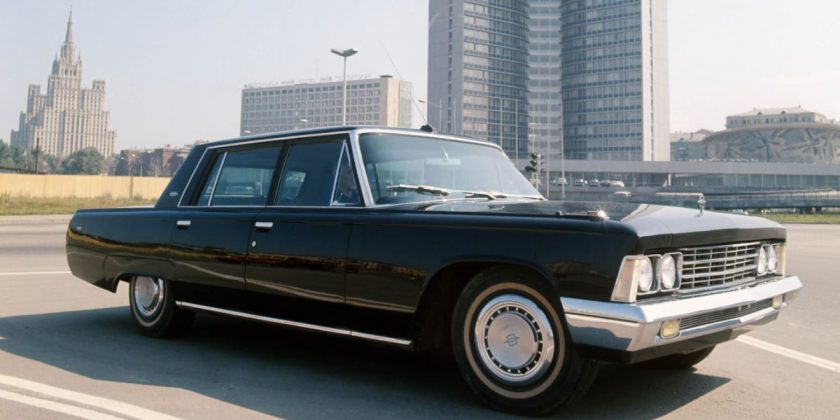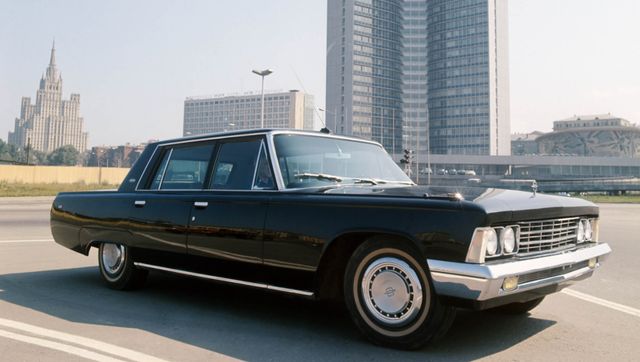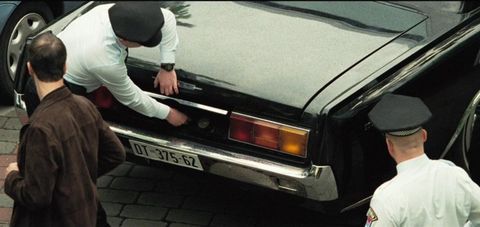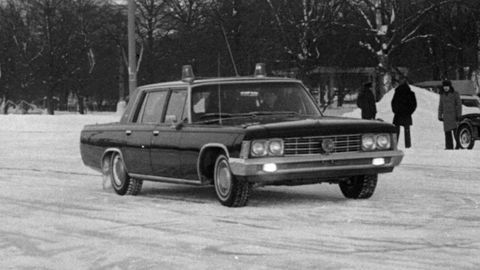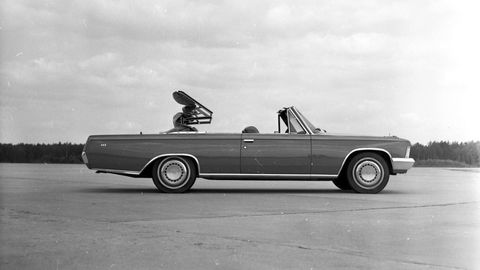James Bond films and interesting cars often go hand in hand, whether it’s the latest Aston Martin model given to Bond by Q to… not be returned in one piece, or a cameo by a rare classic that could leave some fans scratching their heads for years.
Ahead of the theatrical debut of the latest installment in the franchise in a few days, No Time To Die, we’ll be taking a look at some rare cars from the Daniel Craig era, with the latest film serving up 2 hours of 43 minutes of mayhem, most of it vehicular in nature.
We’ll start off with the first film in the series, Casino Royale (2006). The film has actually aged quite well, all things considered, hitting all the franchise highlights without veering into comedy or otherwise becoming embarrassing to watch after a decade.
The 2006 Bond film that kicked off the Daniel Craig era served up a very unusual cameo by a car, and odds are some car enthusiasts may have missed it entirely because it’s a bit brief yet very clearly seen in a couple of scenes. Halfway through the film, outside the Montenegro casino, the audience watches from a window as the trunk of a classic, black sedan pops open revealing a body inside.
To most observers that black car could appear to be American, perhaps from the 1960s, but in reality it’s something else, being one of just a small number of Soviet ZiL 117s ever produced.
The ZiL 117 was the shorter, sedan version of the ZiL 114 limousine that was produced from 1967 until 1978, serving as the main limousine for top Soviet officials, including the general secretary and Politburo members. Like its predecessors and successors, the ZiL 114 was handmade, with the Zavod Imeni Likhacheva producing (all by hand) just a few dozen examples per year, including the body panels that were hammered into shape on wooden bucks. The 114 was powered by a V8 engine paired with two-speed or three-speed automatic transmissions, making it very rare just on that factor alone.
The shorter 117 was even rarer, developed later on in the production run to serve as a car for bodyguards escorting other officials that were usually in a ZiL 114 limousine. Just around 50 were built, including a tiny number of cabriolets, staying in service from the early 1970s through the late 1990s. The 117 itself debuted in 1971, sharing the 7.0-liter V8 engine, good for about 300 hp, with the longer 114, and featuring the later three-speed automatic that were introduced to the ZiL range.
The last year of production for the 117 and 114 was 1978 as the ZiL plant switched over to its successor, known as the 115, or 4104 using the later model index.
The later 115 generation of cars saw the debut of a similar shortened version dubbed 41041, just a couple dozen of which were produced from the late 1980s through the late 1990s. But the 41041s never really served as escort cars, as the security services largely turned to using cheaper, mass-produced GAZ sedans in their place.
It’s safe to say that the 117 was rare back in the day and was seldom seen even in government motorcades. The two-door cabriolet versions of the 117, dubbed 117V, served as a parade car for military parades, first in Moscow and then in Leningrad, and the 115 lineup spawned its own two-door cabrios in the early 1980s that replaced the 117V. Only four or five cabrios based on the 117 were ever built.
Surviving examples of the 117 have all just about settled in private collections in Russia and the former USSR, but a couple made it to other parts of Europe. Even though a couple of the later 115-generation limos have found their way stateside, we wouldn’t bet on seeing the 117 or the 114 at any concours events in the US anytime soon.
How did something as rare or random as a ZiL 117 end up in a Bond film?
The reasons for such cameos tend to be quite prosaic: Film shoots on location usually source cars through local film production agencies that keep a list of classic car owners in the area whose cars can be borrowed for movie or TV filming, for a fee. This means that in a lot of cases, especially in period films, the background cars tend to be locally sourced, as they say. So the ZiL’s appearance in film is likely just a factor of some classic collector having an interesting vintage car that could be used by the studio for a couple of days.
Source: Read Full Article
